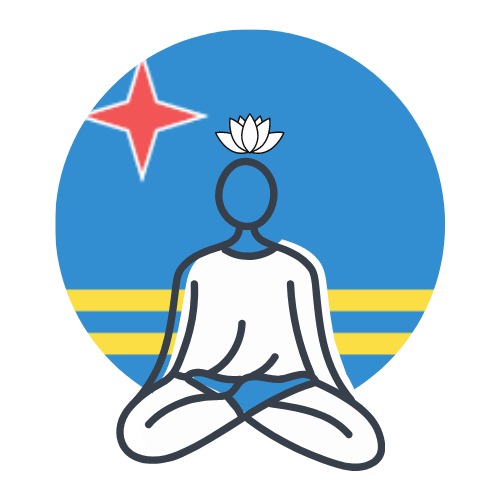HOW TO MEDITATE
Anytime, when you feel like it, is a good time to meditate; every day, at least ten minutes. Some people have to start the day in a state of peace and silence makes the whole day that much better. For other people, the best time for meditation is in the afternoon because the calming effects of meditation help them to have a deep and comforting sleep. Many other people meditate in the morning and afternoon, and include subtle system cleansing techniques with evening meditation.
Meditation is a surprisingly simple process that can be accomplished quietly and quietly to allow the Kundalini to rise from the base of the spine to the top of the head, along the spiritual “channel” within all of us. There is a lot of literature that refers to yoga, which describes the subtle system. It is knowledge that has been available for miles of years, and not just centuries.
This Kundalini energy cleanses the chakras (energy centers) of individuals. It causes people to enter a state of deep relaxation. Other meditation techniques are specifically for the sea to make it easier for the practitioner to reach this state of consciousness without thought. These techniques are taught as part of meditation classes. They include simple mantras, and hand movements that promote chakra cleansing.
Going deeper in meditation is not something that can be forced, rather it arises from your pure desire. It’s a matter of just taking a few minutes a day, when you can sit quietly, do nothing, and feel the power of pure introspection. By doing this, over time, we notice that our meditation becomes more effective, and the benefits, more tangible.
To prepare
Find a quiet place in your home where you can sit comfortably without interruptions, a place that you can use frequently. It is not necessary to sit on the floor. You can use a chair or sit anywhere as long as you feel comfortable. Try to minimize potential distractions, for example, by removing the ringer on your cell phone or setting it to vibrate before you start meditating.
To start
Once settled or accommodated, bring your attention slowly to the top of your head. At that point you can use the affirmations we use in public gatherings to help us focus our attention within ourselves, or simply tell yourself, confidently, within, “Please I want to go deeper into meditation.”
After a few moments, we may feel a slight prick, coolness or heat in our fingers, or a slow movement along the spine, while the Kundalini begins to rise from the base of the spine to the top of the head. . It helps if we try to ignore these sensations to begin with, as what we are trying to achieve is not thinking, not getting carried away by our thoughts. Rather, we simply seek to observe how thoughts enter and leave our consciousness.
g
Going deeper
After a few minutes, we can notice that although we feel more at peace, the thoughts continue to flow through our minds. This is very natural; it is part of meditation. We should not think that meditation is not working simply because we keep thinking. Just slowly bring your attention back to the top of your head and try to keep it there. In fact, it takes us a while to practice before we notice that the flow of thoughts is slowing down. We will feel the benefits of meditations long before that moment of having fewer thoughts arrives.
To end
After we have been sitting for about ten to fifteen minutes, we can end the session slowly.
This is a very simple meditation that you can try at any time during the day. You can learn to meditate with different techniques and improve your meditation with our short meditation course.
We need to try to meditate every day, at least once a day, and we would try, twice; one in the morning to get us ready for the day, and one in the afternoon to help us sleep deeper.

